Ask AI on The Internet
Question: 1. Reconstruction Amendments (13th, 14th, & 15th) - 2. March of the Bonus Army - 3. Who were the Federalists and what were they in favor of? - 4. What was Reconstruction? - 5. Describe the Compromise of 1877 - 6. Describe the Fireside Chats - 7. Explain Court Packing - Short answers please, and do not use *.
1. Reconstruction Amendments (13th, 14th, & 15th) - These amendments were adopted post-Civil War to abolish slavery (13th), grant citizenship and equal protection under the law (14th), and protect voting rights for African American men (15th). 2. March of the Bonus Army - In 1932, WWI veterans marched to Washington, D.C., to demand early payment of a promised bonus, but were forcibly removed by the army. 3. Who were the Federalists and what were they in favor of? - The Federalists were supporters of a strong central government and favored the ratification of the U.S. Constitution. Key figures included Alexander Hamilton and John Adams. 4. What was Reconstruction? - Reconstruction (1865-1877) was the period after the Civil War focused on rebuilding the South, integrating freed slaves into society, and enforcing civil rights. 5. Describe the Compromise of 1877 - The Compromise of 1877 settled the disputed 1876 presidential election. Rutherford B. Hayes became president, and in return, federal troops were withdrawn from the South, ending Reconstruction. 6. Describe the Fireside Chats - These were a series of radio addresses by President Franklin D. Roosevelt between 1933 and 1944 aimed at directly communicating with the American public to explain his policies and calm fears during the Great Depression and WWII. 7. Explain Court Packing - Court Packing refers to FDR's 1937 proposal to add more justices to the U.S. Supreme Court to obtain favorable rulings for New Deal legislation that had been previously ruled unconstitutional. The plan was widely criticized and ultimately failed.
Think your answer is better than the AI's? Post it below.
Other Most Relevant Posts:
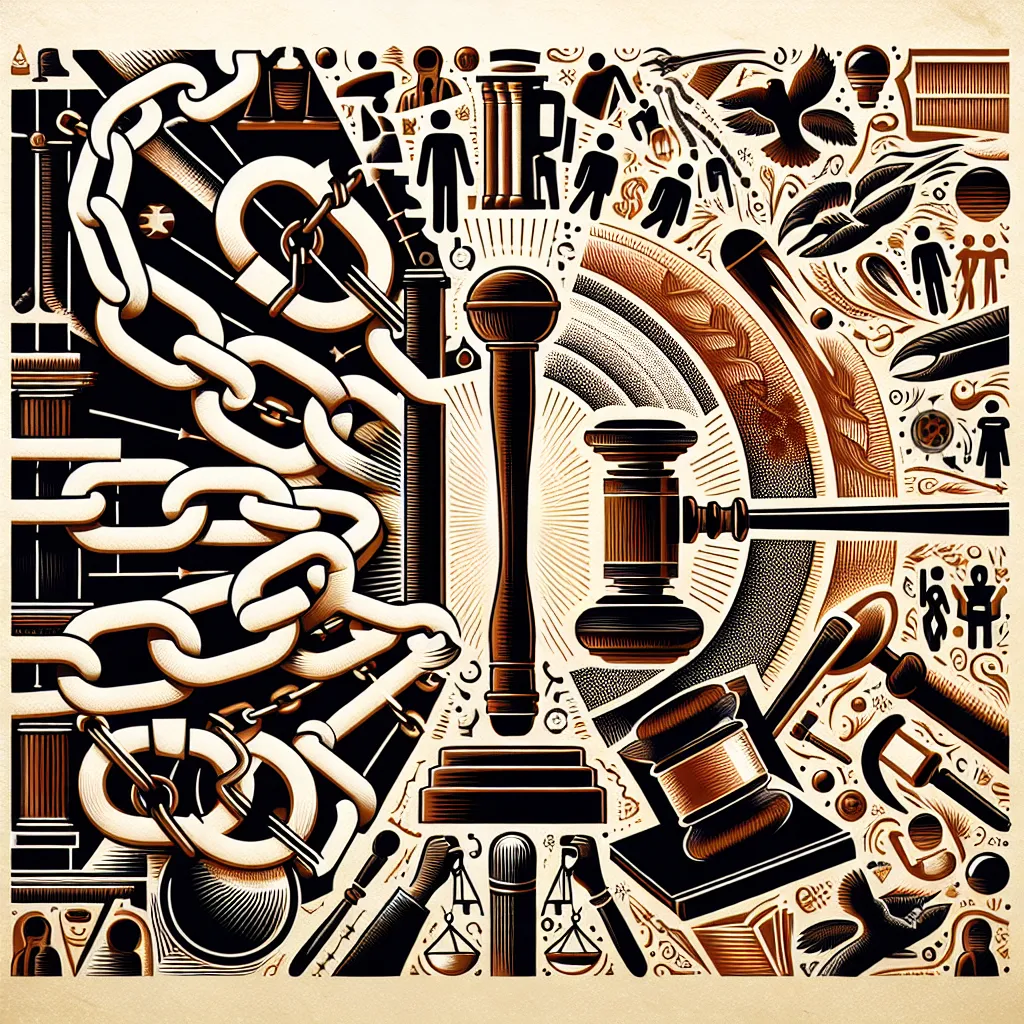 68) Uncle Tom's Cabin: The Harsh Realities of Slavery and Anti-Slavery Galvanization
69) Ku Klux Klan: Goals of White Supremacy, Resistance, and Intimidation
70) KKK: Violence, Lynching, and Inti
68) Uncle Tom's Cabin: The Harsh Realities of Slavery and Anti-Slavery Galvanization
69) Ku Klux Klan: Goals of White Supremacy, Resistance, and Intimidation
70) KKK: Violence, Lynching, and Inti
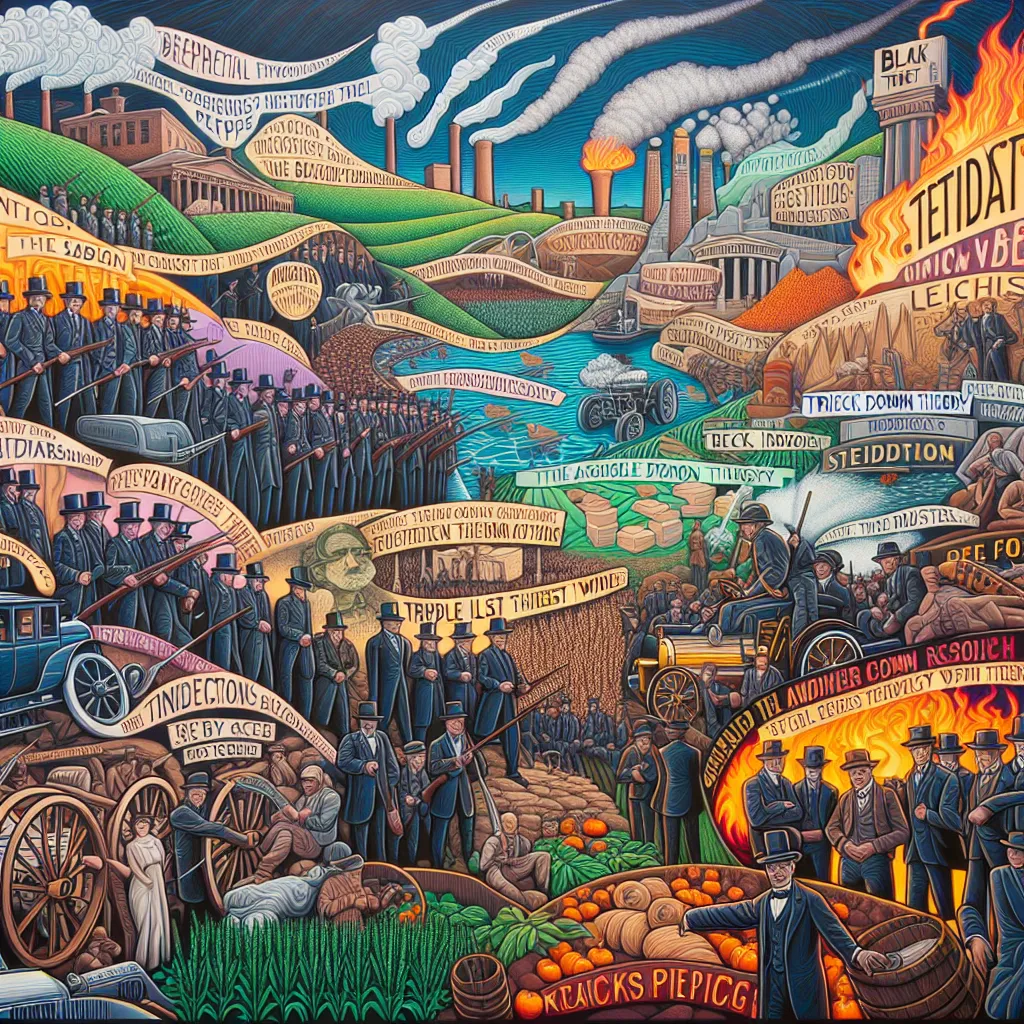 Nationalism Explained
Battle of Gettysburg Overview
Sedition Act Described
Zimmerman Note Dissected
Teddy Roosevelt & the Rough Riders
Trench Warfare Overview
Lusitania Incident Explained
Cartels
Nationalism Explained
Battle of Gettysburg Overview
Sedition Act Described
Zimmerman Note Dissected
Teddy Roosevelt & the Rough Riders
Trench Warfare Overview
Lusitania Incident Explained
Cartels
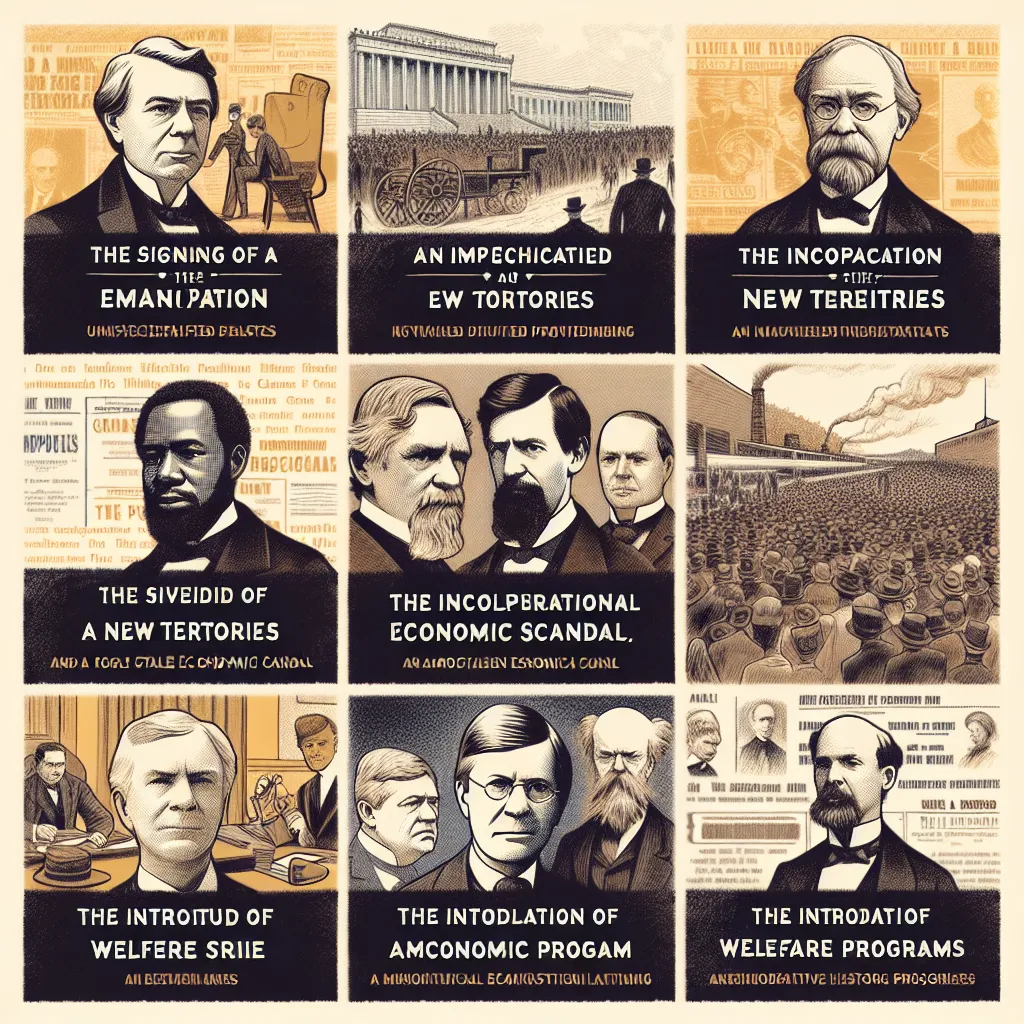 - **Lincoln's Emancipation Proclamation**
- **American Civil War**
- **Gettysburg Address**
- **Assassination of Lincoln**
- **Presidential Reconstruction**
- **Johnson's Impeachment**
- **Sherma
- **Lincoln's Emancipation Proclamation**
- **American Civil War**
- **Gettysburg Address**
- **Assassination of Lincoln**
- **Presidential Reconstruction**
- **Johnson's Impeachment**
- **Sherma
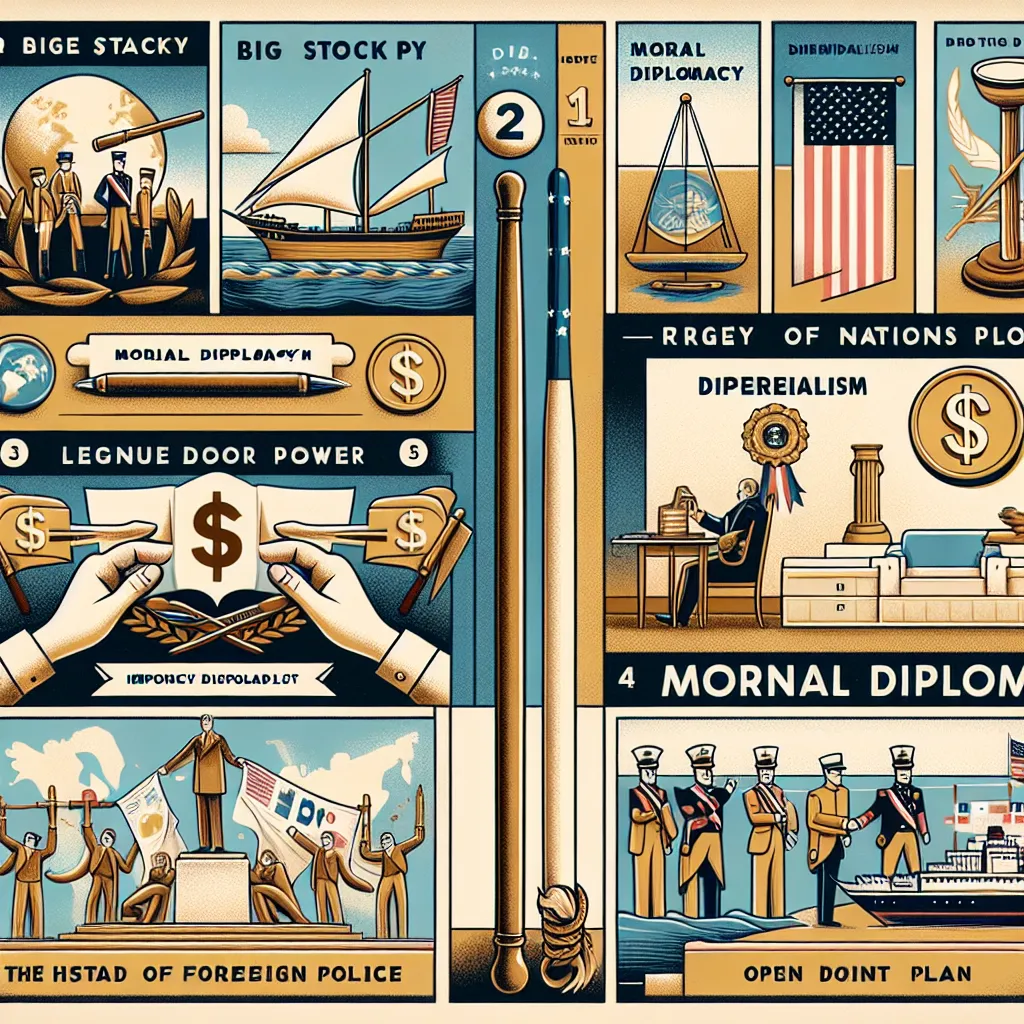 Big Stick Diplomacy
Moral Diplomacy
Dollar Diplomacy
League of Nations
Monroe Doctrine
Treaty of Versailles
Open Door Policy
Imperialism
Great White Fleet
Wilson’s 14 Point Plan
Big Stick Diplomacy
Moral Diplomacy
Dollar Diplomacy
League of Nations
Monroe Doctrine
Treaty of Versailles
Open Door Policy
Imperialism
Great White Fleet
Wilson’s 14 Point Plan
Question Tags
If you want your question answered by an AI, click here.
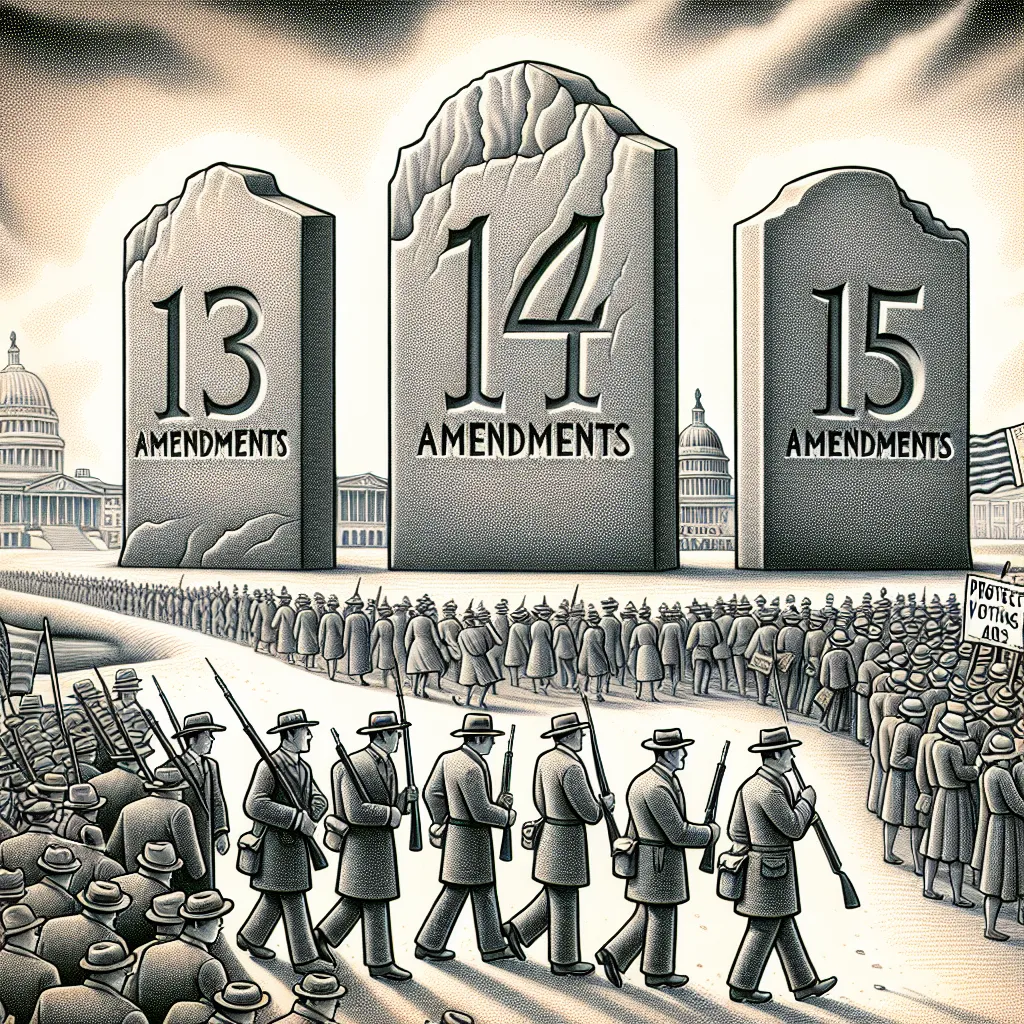
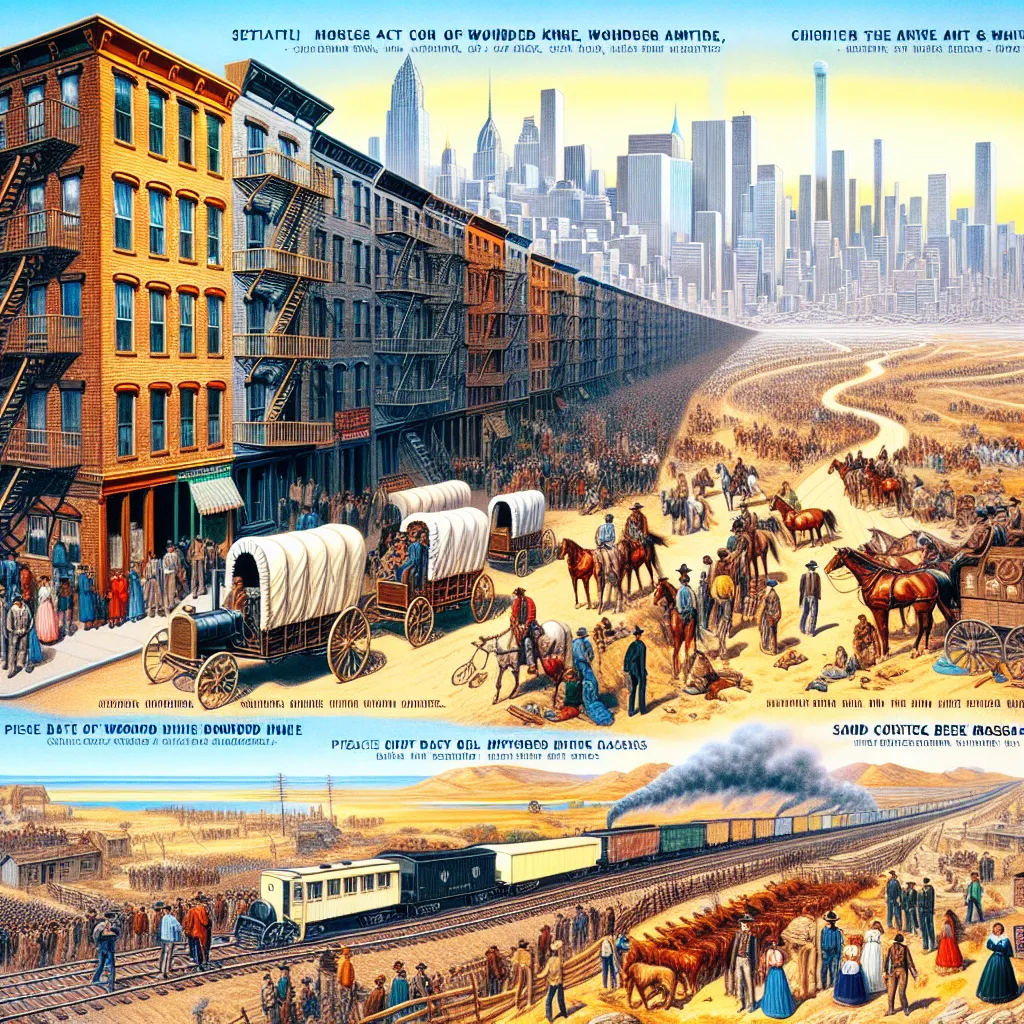
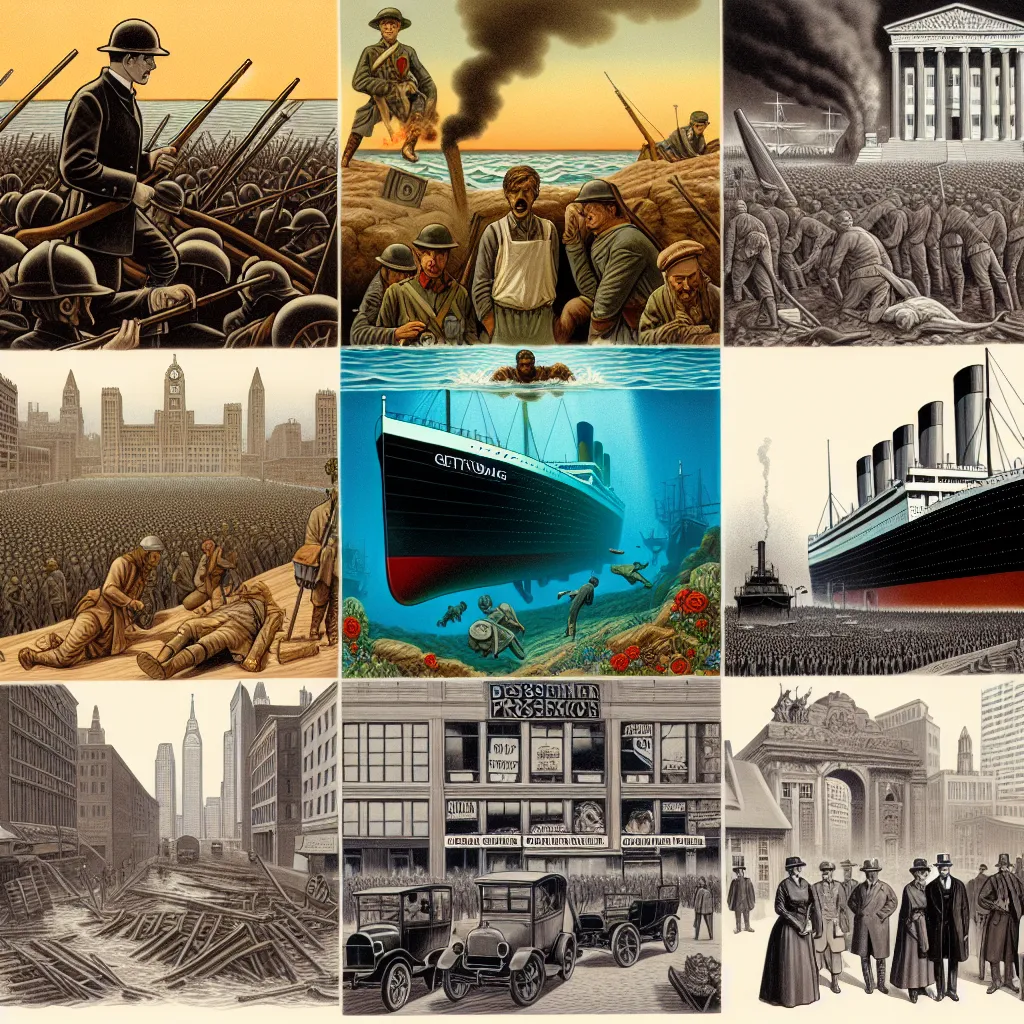
Post your own comment: